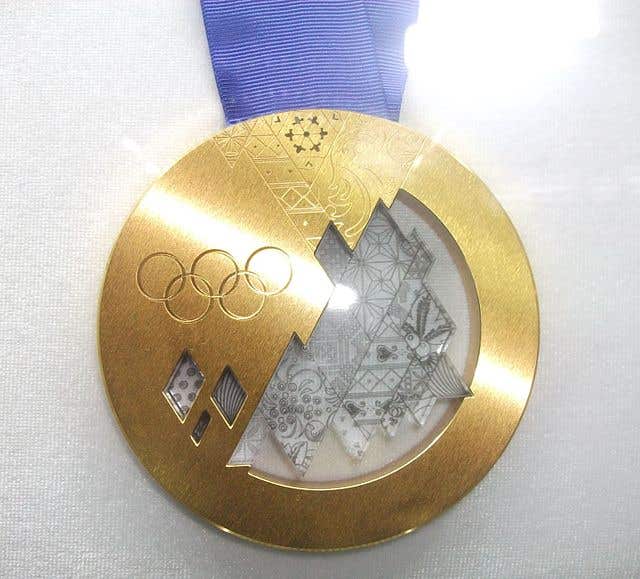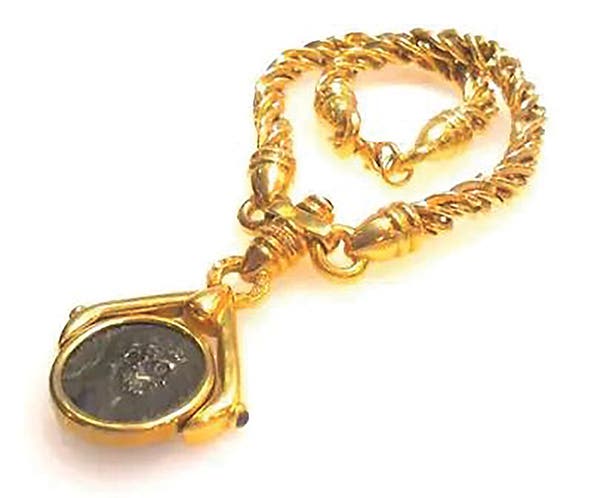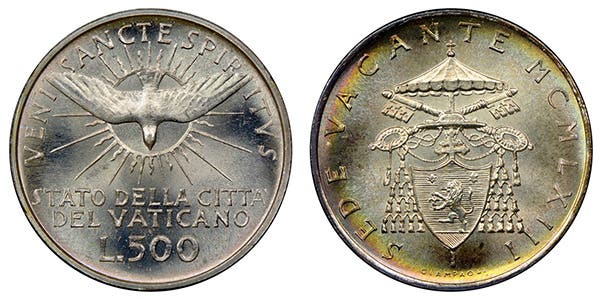India Encourages Buying Cold Coins
The Indian Gold Coin Scheme was launched in 2015 to encourage investing in gold and to use the metal to the benefit of the nation’s economic growth by reducing the…
The Indian Gold Coin Scheme was launched in 2015 to encourage investing in gold and to use the metal to the benefit of the nation’s economic growth by reducing the amount of the metal being imported.
Due to decreased demand, further encouragement is now being given. The government passed several amendments to the scheme during March, hoping to make India’s gold coins popular and to make them available directly to buyers. India uses the term ‘coin’ loosely. Most coin collectors will likely term these bullion pieces as precious metal tokens since they are identified by weights rather than by denominations.
According to the March 30 Financial Express newspaper, “The central government recently approved several amendments to the Indian Gold Coin Scheme. The change in rules is expected to popularize Indian gold coins and make them directly available to buyers through multiple marketing channels, including online e-commerce platform and through MMTC, jewelers, banks, India Post etcetera.”
MMTC-PAMP India Pvt. Ltd. is an accredited gold refinery recognized internationally for bringing global standards to the Indian precious metals industry. In collaboration with PAMP MMTC refines and markets .9999 fine and .995 fine gold ingots and coins. The company also markets its own silver ingots and coins.
According to the MMTC website, the company is “the only mint outside of the United Kingdom licensed by the UK government to produce the commemorative sovereign.” The website also identifies authorized retailers and MMTC-PAMP retail outlets where their products can be purchased.
The India Gold Coin is a part of the Indian Government’s gold monetization program. The new amendments will allow the Security Printing and Minting Corporation of India to mint Indian Gold Coin or IGC in weights of one and two grams in addition to the five, 10, and 20 gram weights previously authorized. The amendments further allow SPMC gold to be issued in both .995 fine and .9999 fine purity. There will also be additional flexibility for minting future gold commemoratives.
The World Gold Council tracks international wholesale gold sales. According to WGC statistics, the demand for gold jewelry in India fell 48 percent during the third quarter of 2020 from the same period one year earlier. Third quarter 2020 sales totaled about 52.8 tons as compared to 101.6 tons during the third quarter of 2019. Globally, demand for gold fell by 29 percent during the same period.
Demand for gold jewelry in India fell by nine percent in 2019 from one year earlier. Demand for ingots and coins fell 10 percent during the same period. Globally, demand for ingots and coins was increasing by 49 percent between 2018 and 2019.
The India Gold Coin scheme is accompanied by the Gold Monetization Scheme and the Sovereign Gold Bond Scheme. The GMS directs its efforts towards turning gold hoarded in India’s households into a more productive asset. Indian households are reported to hold the world’s largest private stockpile of the metal, estimated to be about 25,000 tons.
The SGBS issues gold bonds marketed as being a low-risk investment that provides a bi-annual fixed income. The cost of buying or selling SGBS gold bonds is lower than that of buying or selling physical gold. The bonds can be redeemed beginning five years from the date of their purchase, the bond tenor being eight years. The bonds can be traded or transferred to other investors.
Bond sales are restricted to resident individuals, Hindu Undivided Family, trusts, universities, and charitable institutions. Annual minimum purchases are set at one gram. Maximum purchases are now set at four kilograms for individuals and HUFs and at 20 kilograms for trusts and similar entities. Discounts are offered when purchasing online with payment being made digitally.








